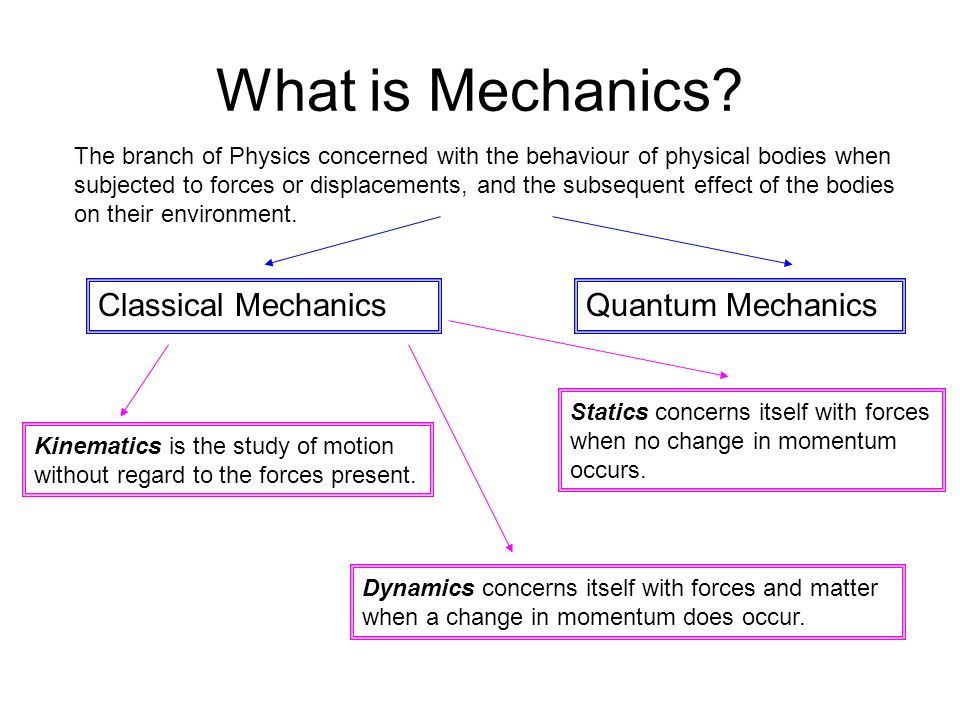Classical mechanics is the branch of physics that deals with the motion of objects and the forces that act upon them. It is a fundamental concept in the field of physics and is crucial for understanding how the world around us operates.
Newton’s Laws of Motion
One of the cornerstones of classical mechanics is Newton’s laws of motion. These laws describe the relationship between the motion of an object and the forces acting upon it. The first law states that an object will remain at rest or in uniform motion unless acted upon by an external force. The second law relates the acceleration of an object to the force acting upon it, while the third law states that for every action, there is an equal and opposite reaction.
Principles of Motion
Classical mechanics also encompasses the principles of motion, including velocity, acceleration, and momentum. Velocity is the rate at which an object changes its position, while acceleration is the rate at which velocity changes. Momentum is a measure of an object’s motion and is calculated by multiplying its mass by its velocity.
Forces in Classical Mechanics
Forces play a crucial role in classical mechanics, as they are responsible for causing objects to accelerate or decelerate. Some common types of forces include gravitational, frictional, and normal forces. Gravitational force is the attraction between two objects due to their mass, while frictional force opposes the motion of an object. Normal force is the force exerted by a surface to support the weight of an object resting upon it.
Applications of Classical Mechanics
Classical mechanics has numerous applications in the real world, ranging from the motion of planets in the solar system to the flight of airplanes. By understanding the principles of motion and forces, physicists and engineers can design and predict the behavior of complex systems with remarkable accuracy.
Conclusion
In summary, classical mechanics is a vital concept in the field of physics that helps us understand how objects move and interact with one another. By studying Newton’s laws of motion, the principles of motion, and the various forces at play, we can gain a deeper appreciation for the world around us and the fundamental forces that govern it.
